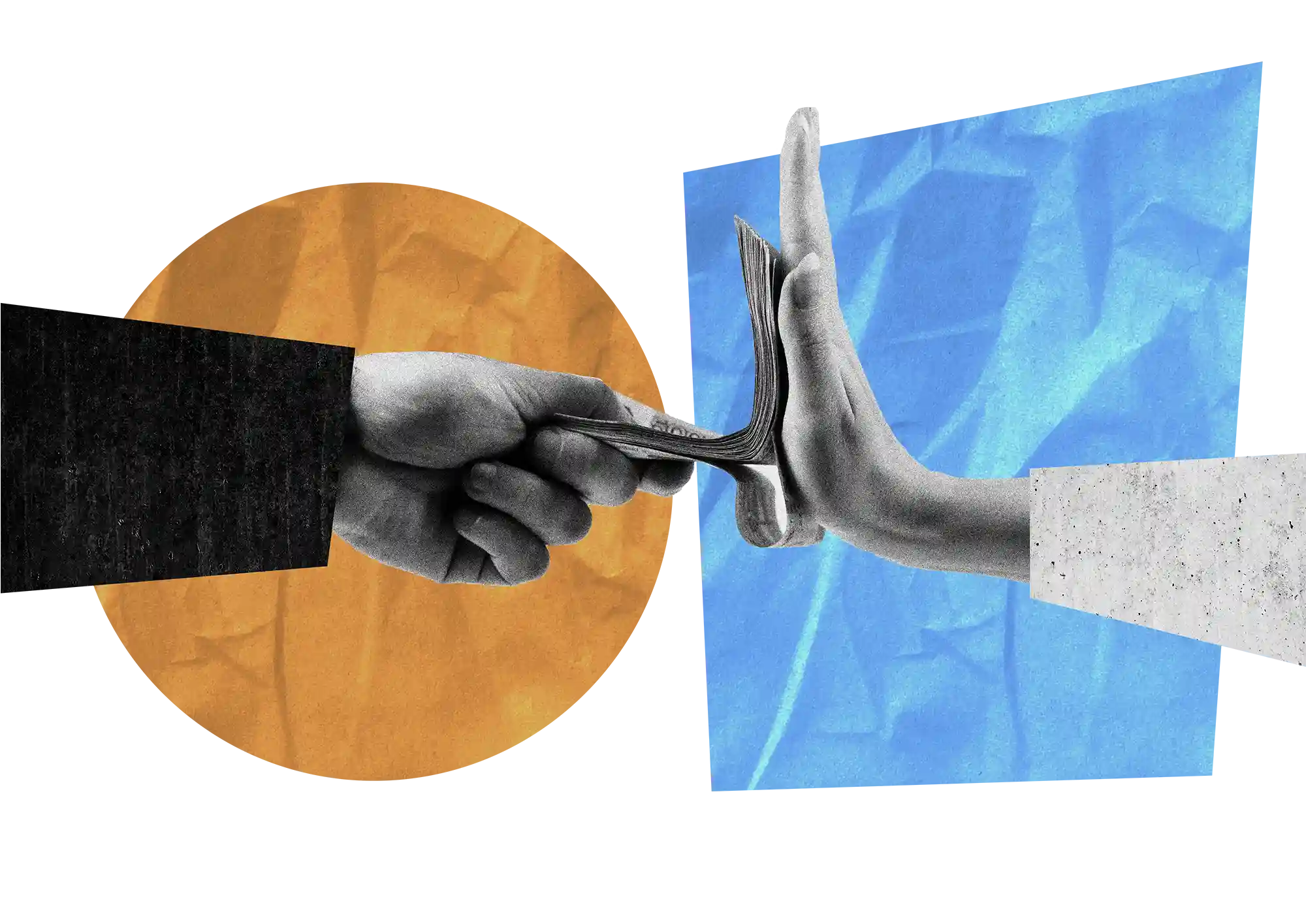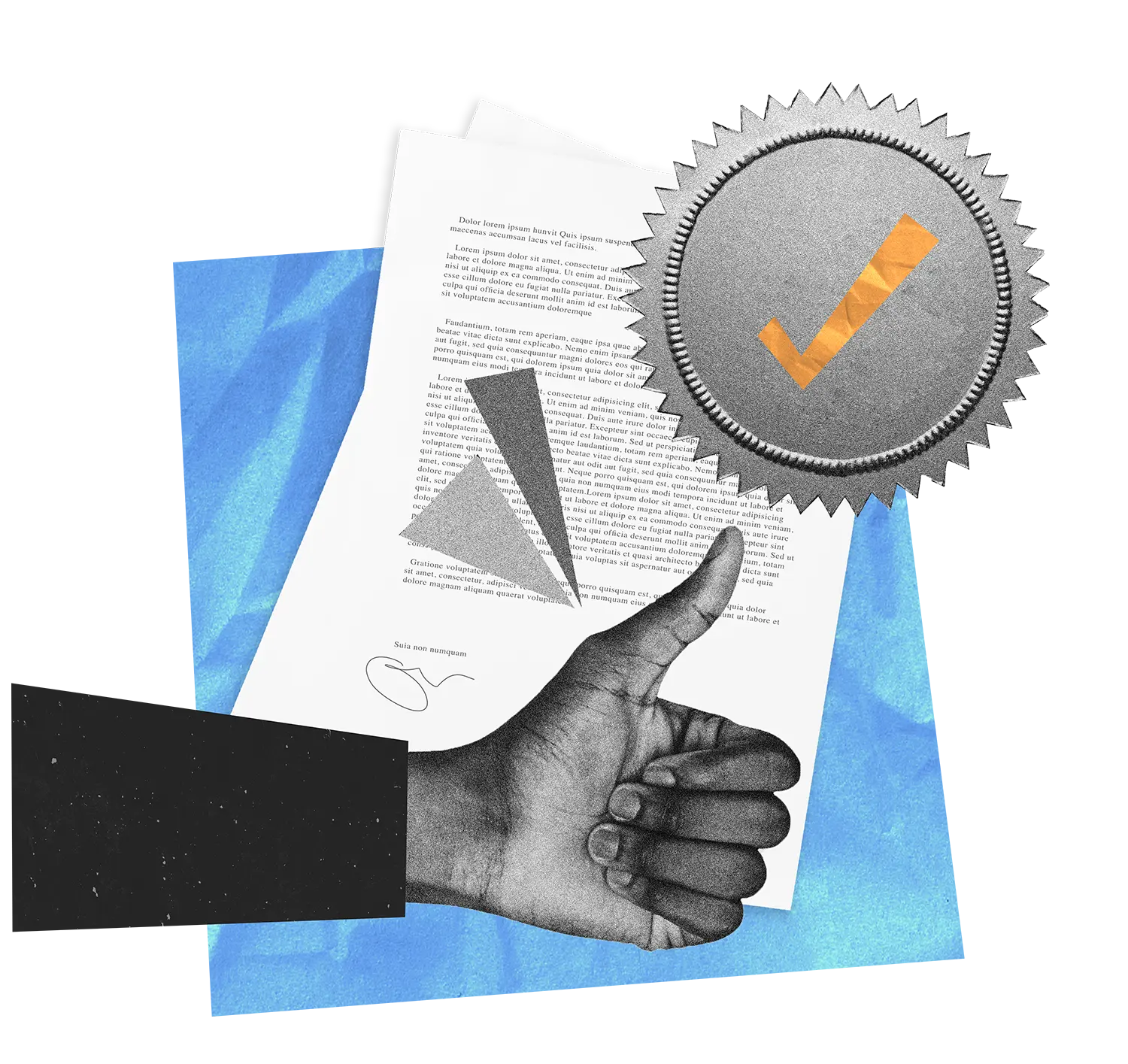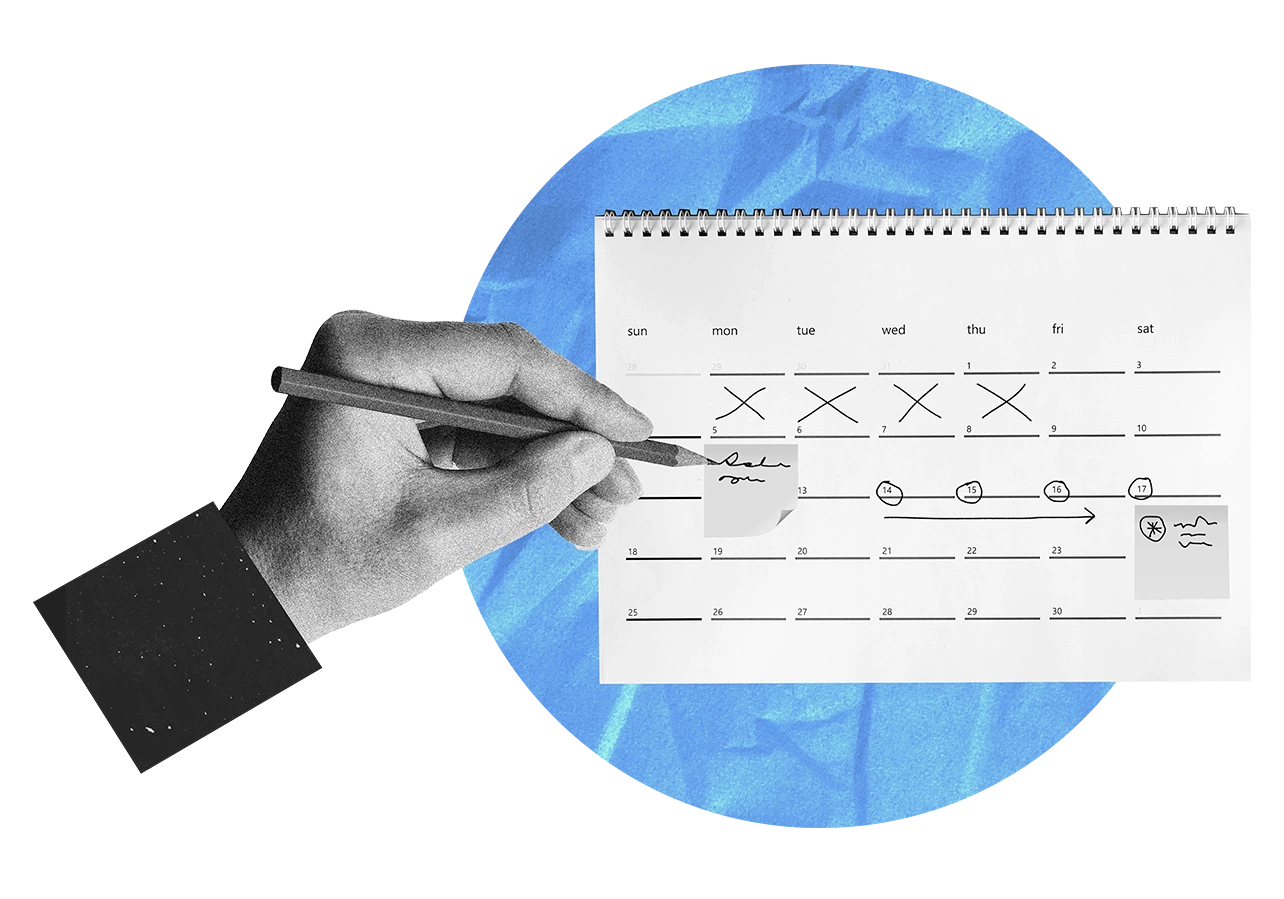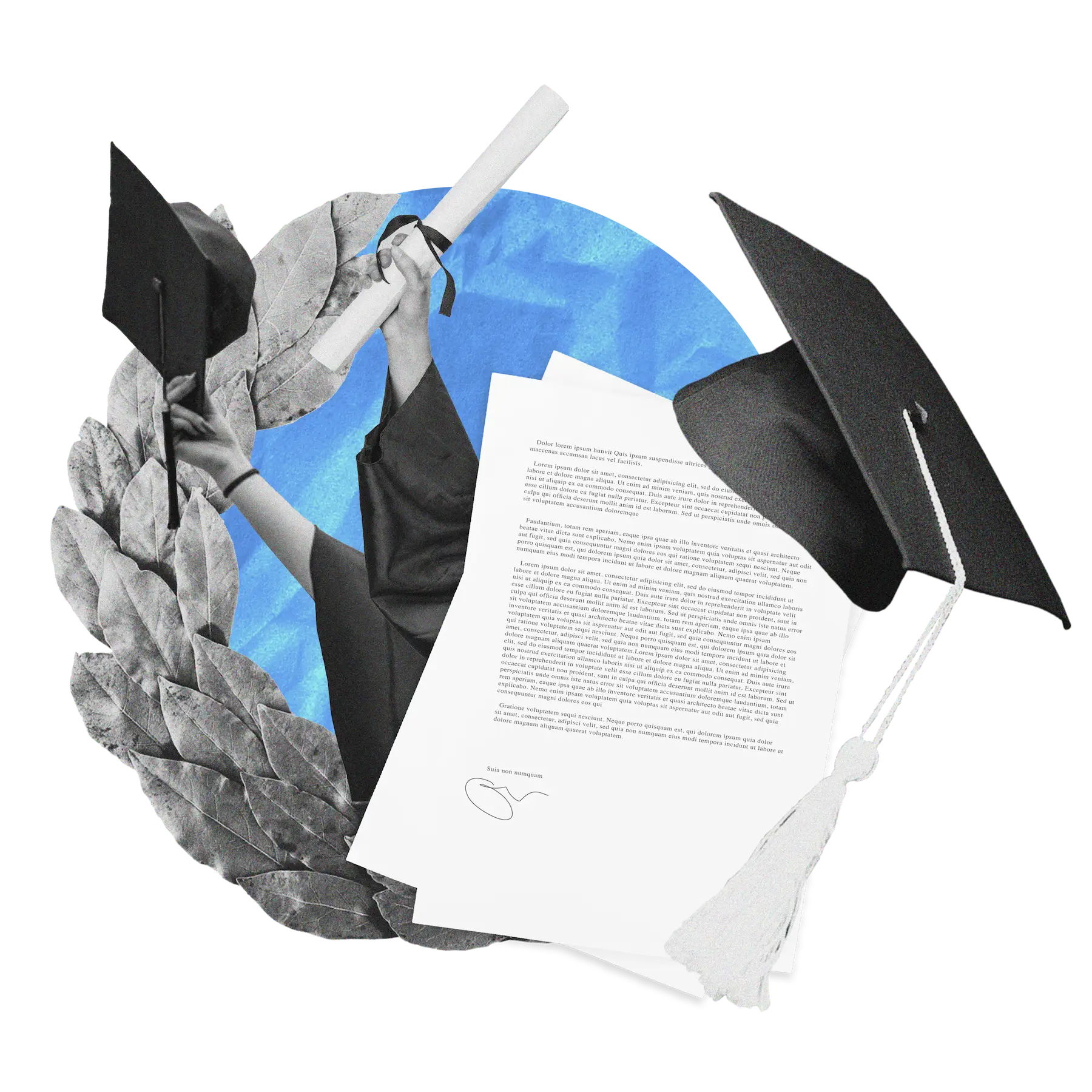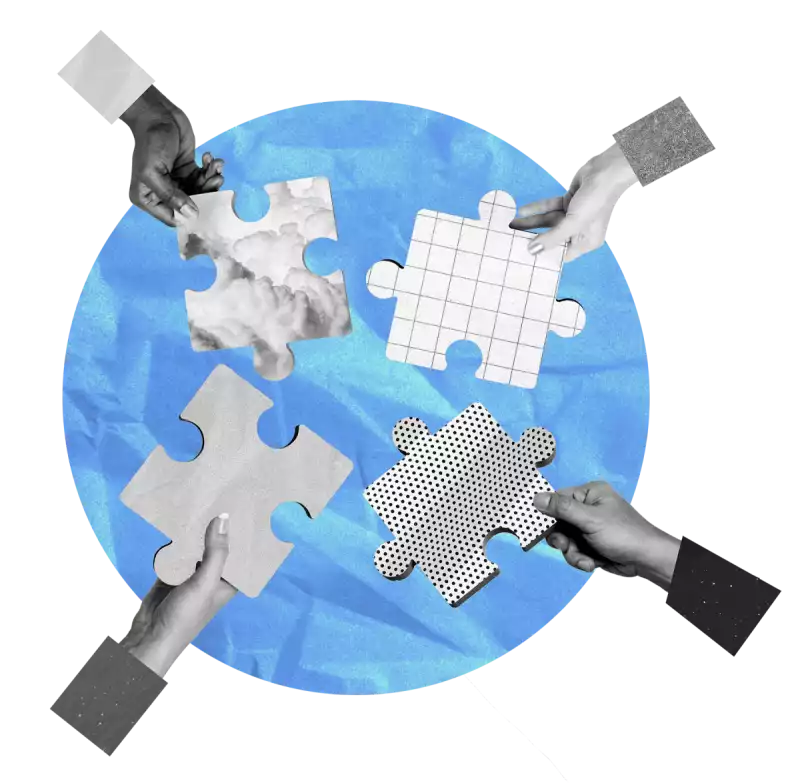About Integrity Pacts: how
Role of monitors
Monitors oversee compliance with the Integrity Pact and coordinate communication between all parties and the public.
What does the monitor do?
Monitors are critical in overseeing compliance with an Integrity Pact by all parties. They also coordinate communication between the parties as well as with the public. Monitors can be empowered to receive reports of potential unfair practices and resolve or escalate these where necessary.
A proactive, engaged and knowledgeable monitor is a key component to an Integrity Pact’s success. As well as making sure that the process operates as intended, such a monitor gives confidence to the public that the process is fair and transparent.
Specific tasks include:
- Examining all documents during the bidding process;
- Providing commentary on tender documents prior to their issuance;
- Providing feedback to bidders’ questions;
- Facilitating public hearings or meetings of bidders;
- Conducting site visits;
- Clarifying Integrity Pact-related complaints;
- Communicating with the authority;
- Suggesting improvements to the process.
The monitor may also have the power to investigate to ensure that corruption is identified and appropriately escalated for further investigation and/or sanctioning.
Who should the monitor be?
Analysing the effectiveness of both Integrity Pacts and their monitors reveals some essential criteria for choosing a monitor.
- Independence and no conflicts of interest with the project, bidding companies or the contracting authority;
- Knowledge of the procurement process both legally and technically;
- Ability to call on technical advice on the subject matter of the procurement;
- Good reputation;
- Accountable;
- Capacity to fulfil the role properly and in a timely manner;
- Commitment to act in a potentially challenging environment.
Monitors versus technical experts
Transparency International suggests that monitors should always be from a CSO, as this enhances the multi-stakeholder credentials and public accountability. This has been the case for most Integrity Pacts to date, including those under the current EU project.
However, several countries have implemented Integrity Pacts without designating a CSO monitor. In some instances, contracting authorities have directly engaged technical experts as monitors. Analysis of these and other projects in the database leads to the conclusion that the monitoring role should ideally include two aspects: coordination and communication on the one hand and technical expertise and oversight on the other.
How these roles are divided between CSO monitors and technical experts can be determined on a case-by case-basis.
Best practices for effective monitoring
An analysis of prior Integrity Pacts highlighted the following best practices with respect to monitoring. For more details, see the Learning Review.
| Topic | Best practice |
|---|---|
| Essential factors | These are crucial to the monitor's effectiveness: sufficient resources; access to the procurement process; willingness of the parties to collaborate; and tools to follow up and sanction irregularities. |
| Involvement | The monitor’s involvement should span the entire procurement process, from the design phase of the tender to contract execution. See Timing. |
| Remuneration | Monitors are usually paid a fee, whether a fixed lump sum or an hourly/daily rate. An exception is India, where monitoring is done pro-bono by former civil servants. Some argue that volunteering is a way for former civil servants to give back to society, while others say that an unpaid arrangement dampens proactivity. See Funding and costs. |
| Communications | The monitor(s) should establish regular channels of communication with the parties to the Integrity Pact and with the public. |
| Processes | A clear process for identification, reporting and escalation of potential issues must be laid out and preferably included in the agreement. This includes the circumstances under which sanctions can be applied and responsibility for implementing them. See Content - sanctions. |
| Multi-stakeholder approach | Monitoring should involve greater use of social control mechanisms, open governance tools, working with sectoral initiatives and other committed stakeholders. See Procurement integrity tool. |
| Monitoring agreement | Set up a clear MoU or framework agreement that establishes explicitly the rights, duties, terms of engagement and (where relevant) fees of the monitor(s). See below. |
| Ability to withdraw | There should be a clear process for the monitor to withdraw from the process, including clear information rights, obligations and grounds for withdrawal. Withdrawal of the monitor makes a strong statement about the integrity of the process, as the Berlin-Brandenburg Airport Integrity Pact case study shows. |
Setting up a monitoring agreement
Most agreements take the form of an MoU. For ongoing projects involving multiple Integrity Pacts monitored by the same individual(s), an alternative is a framework agreement. Where a contracting authority appoints technical experts to a monitoring role, the duties and relationship might be set out in a more classical type of contract.
Regardless of the form, a monitoring agreement should set out:
- Role and responsibilities of each actor
- Schedule of activities
- Monitor selection procedure
- Information disclosure clauses
- Terms of dispute resolution
- Steps to be undertaken if corruption is detected
- Level of collaboration
- Sanctions process
- Fees
- Process for potential withdrawal from the Integrity Pact
For more guidance, see Transparency International’s 2018 Model Monitoring Agreement and Integrity Pact for Infrastructure: An implementation guide for civil society organisations.
